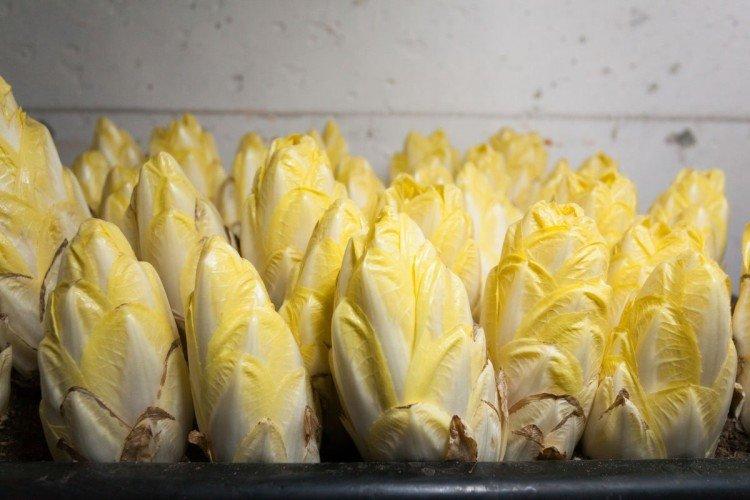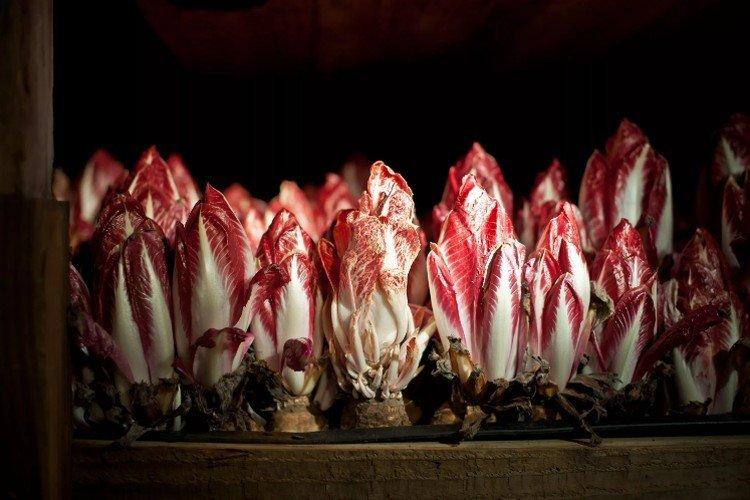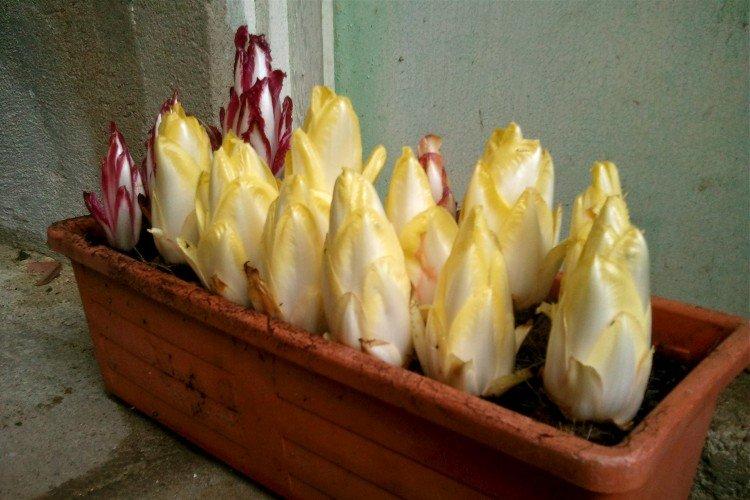
Chicory is not only a healthy drink, but also a very cute decorative perennial. In the first half of summer, it is densely covered with delicate blue flowers, which gracefully complement flower beds and landscape compositions. Let's tell you more!
general information
Chicory is a very common perennial that grows along roads and in pharmaceutical gardens. It belongs to the Asters and is found everywhere from Eastern Europe to Western Siberia. Its root system is a large root crop, which is just formed in the first year of the plant's life.
The chicory root can reach a weight of 400 g, and the length of the shoots reaches 1.5 m and more. The flowers are relatively small - up to a maximum of 5 cm, but they are very graceful and there are many of them. Old buds quickly fade and are replaced by new ones throughout the summer.
Chicory opens its flowers as soon as the bright sun rises in the morning. But it closes immediately in the evening or in cloudy weather. He is also a great bait for bees and just a good honey plant.
Almost all parts of chicory are fit for consumption in one way or another. In addition to the root, leaves, seeds and even dried flowers are used. The composition contains a unique substance called intibin, which gives the very coffee bitterness.

Types of chicory
In culture, only two main types of chicory are used, and in nature there are not too many of them. And gardeners and summer residents will be interested in common chicory and salad!
Common chicory
He is medicinal. It is planted as an ornamental plant, and the same drink is made from it. Root varieties are used as an alternative to coffee, and some of them are already well over several hundred years.

Chicory salad
It's easy to guess that its leaves are used in cooking, and in particular for fresh green salads. The varieties are very different from each other. For example, curly Endive is easy to confuse with other greens, while Whitloof has rarer wide leaves.

Chicory care
In nature, chicory grows like a weed, so it's easy to guess how unpretentious it is in everyday life. Only elementary conditions will be enough for him so that he pleases with juicy foliage and bright flowering.
Temperature and lighting
Chicory is not afraid of spring temperature drops, short frosts and heat. Choose a bright sunny area without shade from trees and tall shrubs. Don't worry, chicory is not afraid of direct sunlight.

Watering
In order for chicory to grow luxuriantly and beautifully, it must be watered regularly, but in moderation. Do not flood the leaves and mulch the soil to maintain moisture and temperature. Salad chicory is less drought tolerant than common chicory. Ordinary additional watering is needed only when there is a long absence of rain.

The soil
Only acidic soil is not suitable for chicory, so it is better to lime it in the fall. Loams work well, but they need to be carefully dug up and moistened.

Fertilizers and feeding
Chicory loves mineral dressing. This also applies to ready mixes and wood ash with compost. We advise you to alternate organic matter with mineral fertilizers at intervals of 2-3 weeks.

Flowering and harvest
I would like to separately note that common chicory blooms only in the second year. Therefore, in the first fall, all the leaves are cut off for wintering. You can also harvest the roots. But lettuce produces a crop around October.

Chicory at home
Salad varieties can be moved indoors at the end of the season. To do this, dig them out by mid-autumn, dry them for a couple of days, cut off the ground part and remove the rhizome in a cool place up to +2 degrees right with the rest of the earth.
Leave the head and buds at a height of about 1 cm and plant the rhizomes in a container in a mixture of peat and sand to a depth of 20 cm.Moisten the substrate gradually and keep the temperature around +17 degrees. Heads of cabbage can be cut as they grow.

Planting and breeding
Chicory is propagated by seeds, and everyone can easily cope with this. Medicinal varieties are sown directly into open ground in early spring, and salad varieties are sown later, by mid-May, when the ground warms up. Before planting, we advise you to slightly grow the seeds in a damp cloth in a warm place.
Before planting, dig up the soil with complex mineral fertilizers, and then pour water generously. Make small grooves 1-1.5 cm deep with a step of about 30 cm, and plant the seeds there. This is the standard for both.
After 1-2 weeks, the first shoots will appear, which will need to be thinned out as needed. You cannot thicken the planting, because the plants will simply destroy each other. Remember that 30 cm is the minimum distance between bushes.

Diseases and pests of chicory
The scent of chicory attracts pests, so it is best to plant it as far away from valuable crops as possible. These are aphids, ticks, wireworms, slugs. Therefore, it is important not to create favorable conditions for pests, mulch the ground with sand and remove weeds in a timely manner. If the problem already occurs, use an effective insecticide right away.
Common chicory almost does not get sick, but salad chicory often suffers from fungus, rot and leaf blight. At the first symptoms, remove all affected parts and the most painful plants, and treat everything around with fungicides.

Chicory - photo
And if you still doubt whether you need chicory in the garden, we suggest taking a look at our photo selection!




























